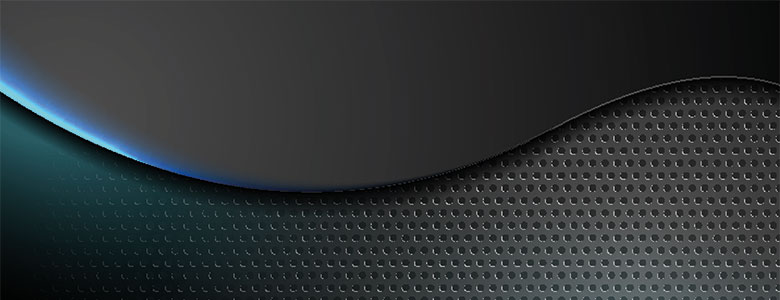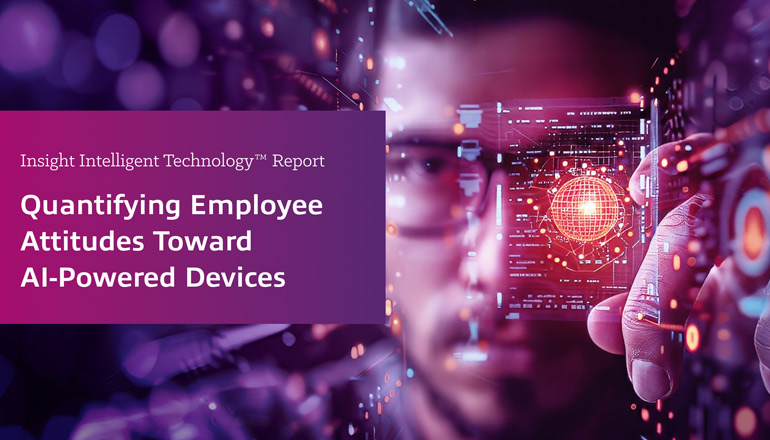Article Device-as-a-Service Transforms Hardware for The Digital Age

By Insight UK / 18 Sep 2019 / Topics: Devices
Hardware refreshes can be a costly and time-consuming exercise for an organisation. As a product lifecycle comes to an end, businesses must identify the technology they want to procure and deploy and ensure it works with other devices in an IT environment.
Organisations also have to factor in staff training requirements, as well as the cost of disposing of unwanted or out-of-date equipment.
This process is cyclical, often taking place every couple of years. It necessitates significant up-front costs and is largely inflexible, so it’s no surprise that businesses of all sizes and vendors have looked for a different approach.
Device-as-a-Service
‘Device-as-a-Service’ (DaaS) is a new subscription-based approach to hardware procurement and management. It is supported by some of the biggest names in technology, including Dell, HP, Lenovo and Microsoft.
Typically, DaaS subscriptions cover PCs, but they can also include tablets and smartphones, and more specialist equipment like Point of Sale (POS) terminals.
Organisations pay on a per-user basis, with devices effectively leased to the customer and bundled with additional services such as ongoing support and lifecycle management.
When the time comes for a hardware refresh, a new device is simply delivered to the organisation as part of the subscription – eliminating the need for major investment. The fee also usually covers the physical delivery of the device and the pre-loading of certain applications – lowering the total cost of ownership.
The advent of cloud computing and the ‘as-a-Service’ model has been driven by a desire to move from a Capital Expenditure (CapEx) to an Operational Expenditure (OpEX) model and DaaS is a natural extension of this trend.
Aside from the elimination of up-front costs, organisations can add and remove users as they expand or contract, while finance departments benefit from greater cost-predictability.
Increased productivity
It’s not just all about cost – there are significant productivity gains to be had. Because DaaS providers take care of maintenance, IT departments have time to focus on innovation projects that drive genuine business change.
And because some vendors offer predictive maintenance, problems can be identified and fixed before they happen, or new device can be supplied before the existing one fails.
According to a recent survey, 48% of organisations replace a laptop within 3-4 years, while 40% wait 5-6 years. Desktops last a little longer, with 27% of companies waiting up to four years and 46% waiting up to six years.
However, 21% wait for up to a decade. This not only risks hardware failure and performance degradation, but also has serious security risks if a warranty expires. All of these pitfalls are limited with DaaS.
Employees benefit from up-to-date hardware that they actually want to use. This means businesses can maximise the potential of the technology and form a more engaged workforce. A user-centric approach to technology can even impact recruitment, with 48% of people saying this would impact their future choice of employer.
Subscriptions can also be configured in such a way that ensure certain departments receive new equipment more frequently than others. For example, someone working predominantly with cloud and productivity applications will need a new PC less frequently than a video editor who might benefit from new features and more processing power.
The hardware element
Analysts believe the market will grow by as much as 54.7% over the next three years and it’s not hard to see why.
With many organisations reporting static or contracting IT budgets, the adoption of DaaS drives operational and cost efficiencies, and allows for predictable procurement and support expenditure.
DaaS ensures that organisations have access to the latest technology and can help to minimise downtime.
In the era of digital transformation, the hardware element should not be ignored.



